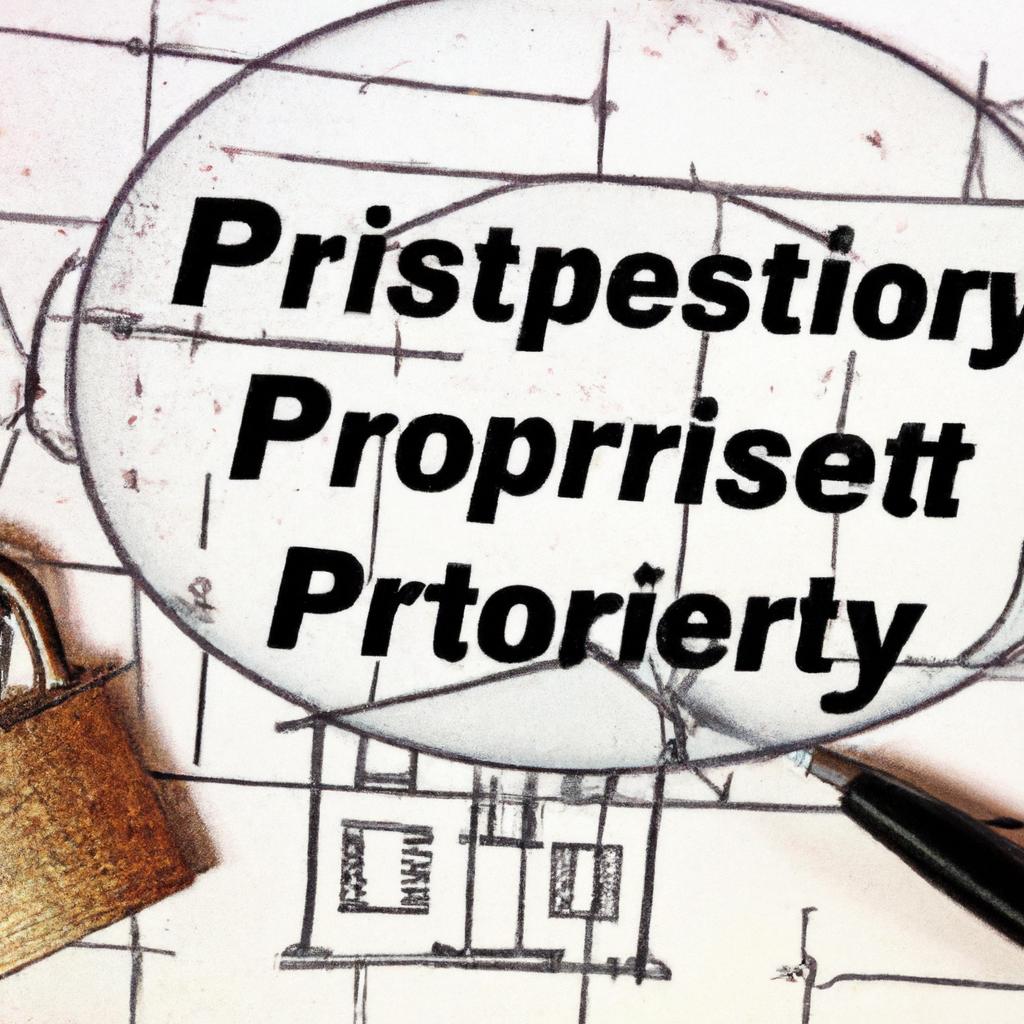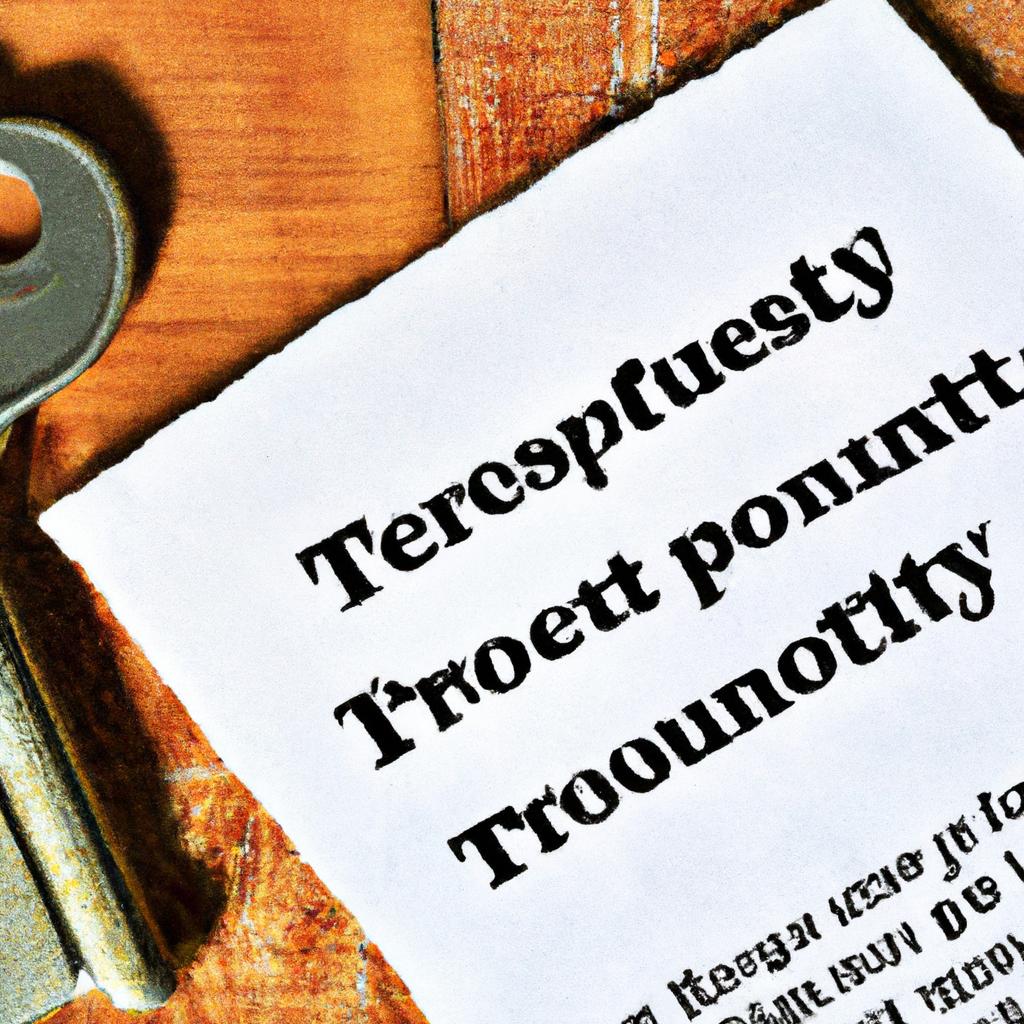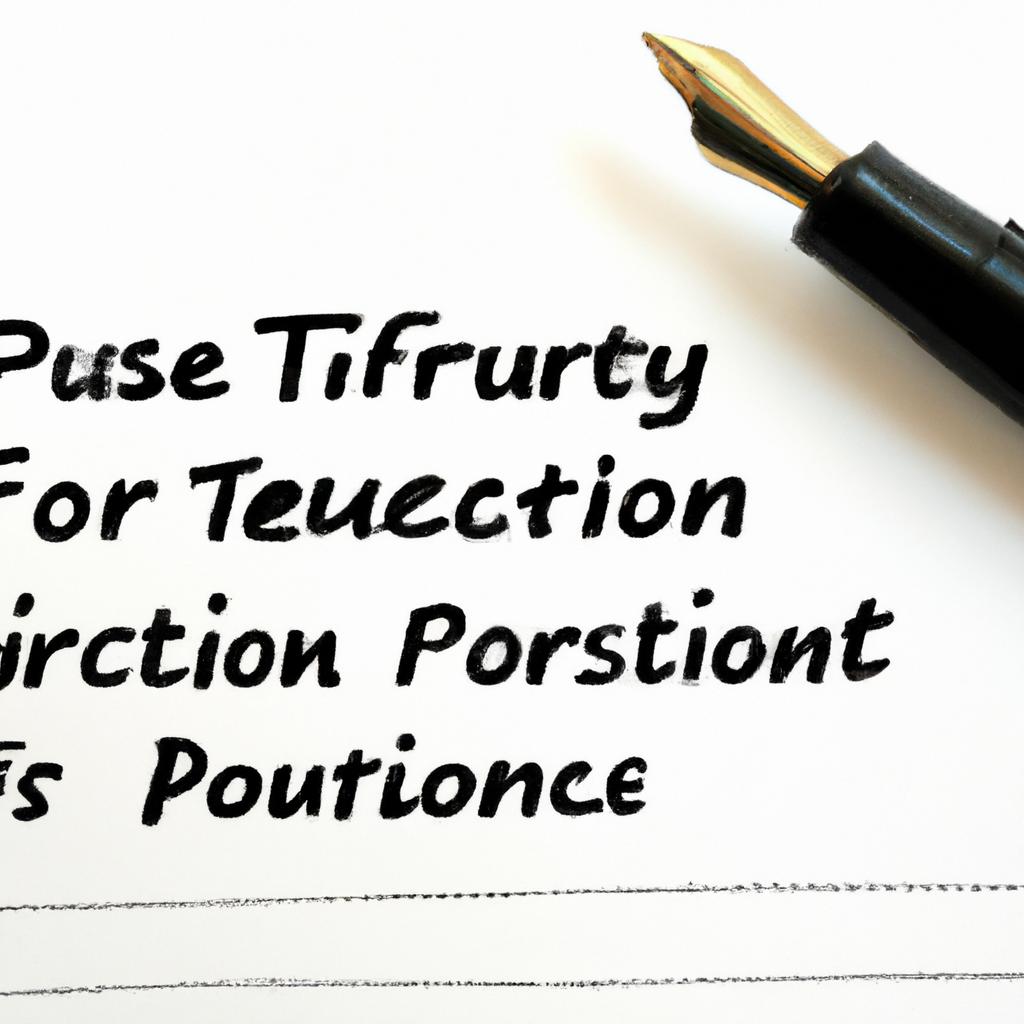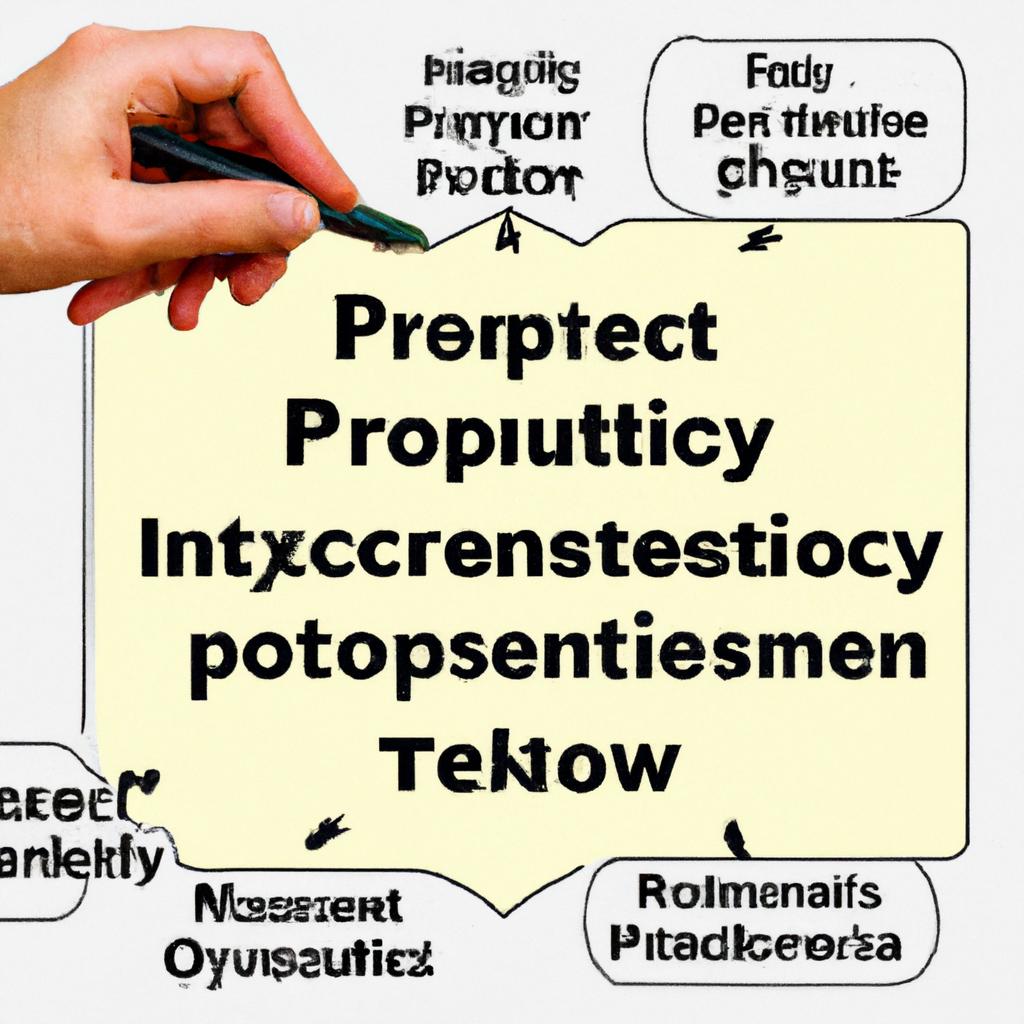In the realm of estate planning, one critical tool for safeguarding your assets is the property protection trust. As experienced legal professionals at Morgan Legal Group in New York City, we understand the complexities of preserving your wealth and ensuring its seamless transfer to your loved ones. In this article, we will delve into the intricacies of property protection trusts and explore how they can serve as a robust shield against potential threats to your estate. Join us as we navigate the intricate world of property protection trusts and empower you to make informed decisions about securing your legacy.
Understanding the Purpose of a Property Protection Trust
If you are considering setting up a property protection trust, it is important to understand the purpose behind this legal arrangement. A property protection trust allows you to protect your assets and ensure they are passed down to your chosen beneficiaries according to your wishes. By placing your property into a trust, you can safeguard it from various risks such as bankruptcy, divorce, or long-term care costs.
Furthermore, a property protection trust can provide peace of mind knowing that your hard-earned assets are secure and will benefit your loved ones in the future. With the help of experienced legal professionals, you can create a tailored trust that meets your specific needs and goals. Whether you want to protect your home, savings, or investments, a property protection trust can be a valuable tool in your estate planning toolkit.

Key Benefits of Establishing a Property Protection Trust
Establishing a Property Protection Trust can provide numerous benefits for individuals looking to safeguard their assets for future generations. One key advantage is the ability to protect your property from potential creditors and lawsuits. By placing your assets in a trust, you can shield them from being seized to satisfy debts or legal judgments.
Additionally, a Property Protection Trust can help minimize estate taxes and probate costs, ensuring that your loved ones receive their inheritance as intended. By setting up a trust, you can also maintain control over how your assets are distributed after your passing, ensuring that your wishes are carried out according to your specific instructions.

Factors to Consider When Setting Up a Property Protection Trust
When setting up a property protection trust, there are several key factors to consider to ensure that your assets are adequately safeguarded for future generations. First and foremost, you must carefully select the trustees who will be responsible for managing the trust. These individuals should be trustworthy, reliable, and have a good understanding of financial matters. It is also important to clearly outline the duties and responsibilities of the trustees in the trust document to avoid any confusion or conflicts in the future.
Secondly, you must carefully consider the beneficiaries of the trust. It is crucial to identify who will benefit from the trust and how the assets will be distributed among them. You may want to consider setting up staggered distributions to ensure that the assets are protected and preserved for the long term. Additionally, you should also consider the tax implications of the trust to ensure that your beneficiaries do not face unnecessary tax burdens. By carefully considering these factors, you can create a property protection trust that provides financial security for your loved ones for years to come.

Expert Recommendations for Maintaining and Maximizing a Property Protection Trust
In order to maintain and maximize the benefits of a property protection trust, it is essential to follow expert recommendations and best practices. One key aspect is to regularly review and update the trust documents to ensure they accurately reflect your current wishes and circumstances. Consult with your estate planning attorney to make any necessary changes or updates.
- Regular Review: Schedule regular meetings with your estate planning attorney to review your property protection trust and make any necessary updates or changes.
- Asset Management: Properly manage and monitor the assets held within the trust to ensure they are protected and maximized for future generations.
- Beneficiary Education: Educate your beneficiaries about the trust and its benefits to ensure they understand how it works and how it can help protect their inheritance.
Another important recommendation is to communicate openly and transparently with your trustee and beneficiaries. This can help prevent misunderstandings or disputes down the line and ensure that everyone is on the same page when it comes to managing and maintaining the trust. Additionally, consider seeking advice from financial and tax professionals to help you navigate any potential issues or complexities related to the trust.
- Communication: Maintain open lines of communication with your trustee and beneficiaries to ensure everyone is informed and involved in the trust’s management.
- Professional Advice: Consult with financial and tax professionals to address any complex issues related to the trust and ensure it is being managed effectively.
Q&A
Q: What is a property protection trust?
A: A property protection trust is a legal arrangement where homeowners can protect their property assets from being used to pay for long-term care costs or other financial obligations.
Q: How does a property protection trust work?
A: The homeowner transfers their property into the trust, giving them control over its use and ensuring it is not considered part of their personal assets for financial assessments. This can help preserve the property for their beneficiaries.
Q: Who can benefit from a property protection trust?
A: Anyone who owns property and wants to safeguard it for their loved ones can benefit from a property protection trust. It is particularly useful for those concerned about potentially high care costs in the future.
Q: Are there any drawbacks to creating a property protection trust?
A: While property protection trusts are effective in preserving assets, they are not suitable for everyone. They can limit the homeowner’s flexibility and access to their property, so it’s important to seek legal advice before setting one up.
Q: Can a property protection trust be altered or revoked?
A: Yes, a property protection trust can typically be altered or revoked during the homeowner’s lifetime, as long as they have the mental capacity to do so. After their passing, the trust becomes irrevocable.
In Conclusion
In conclusion, a property protection trust can provide peace of mind and security for your assets, ensuring that they are safeguarded for future generations. By taking the necessary steps to establish this type of trust, you can protect your property from various risks and potential threats, allowing you to enjoy your assets with confidence. Consider speaking with a legal professional to see if a property protection trust is the right option for you and your estate planning needs. Thank you for reading!

